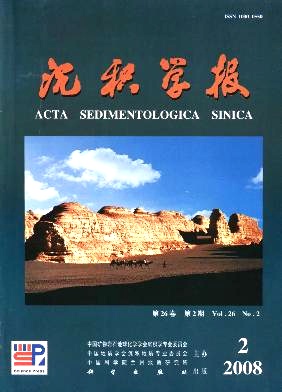Gas Hydrates in the SSBZ in the North Slope of the South China Sea
- Received Date: 1900-01-01
- Rev Recd Date: 1900-01-01
- Publish Date: 2008-04-10
-
Key words:
- Structural Slope Break Zone (SSBZ)
Abstract: The structural slope break zone (SSBZ), which constrains the change in the accommodation space of the basins, controlling the development of the depositional sequence and the distribution of the depositional system tracts and the sand bodies, resulting in the abrupt change of the depositional slope, is initiated by the long term activity of syndepositional structure. Researches show that distribution of petroleum is closely connected with the SSBZ. The paper introduce the term of “Structural SlopeBreak Zone” into the investigation and research of gas hydrate first time and concludes that SSBZ is an important structural unit for the formation and accumulation of gas hydrate. Furthermore, the paper analyzes the role of SSBZ controlling in gas hydrate in view of gradient of seafloor, fault, temperature, and pressure. Statistics show that the average gradient of the seafloor where BSR is recognized is between 10×10-2~30×10-2. The paper calculates the structural intensity of area D in the north slope of the SCS by introduction of structural intensity and design of algorithm, which shows that there are some favorable relationship between areas of hypovalue of structural intensity and BSR. The paper calculates the temperature and pressure in SSBZ based on high resolution seismic data and finds that the free gas can always meet the favorable PT environment and form gas hydrates when the gas transfers in the SSBZ because of the continuously various PT environment in the structure. We put forward a model of the accumulation of gas hydrate in SSBZ primarily in the end based on the summarizing of the achievements mentioned above.
| Citation: | WANG Hongbin. Gas Hydrates in the SSBZ in the North Slope of the South China Sea[J]. Acta Sedimentologica Sinica, 2008, 26(2): 283-293. |






 DownLoad:
DownLoad: